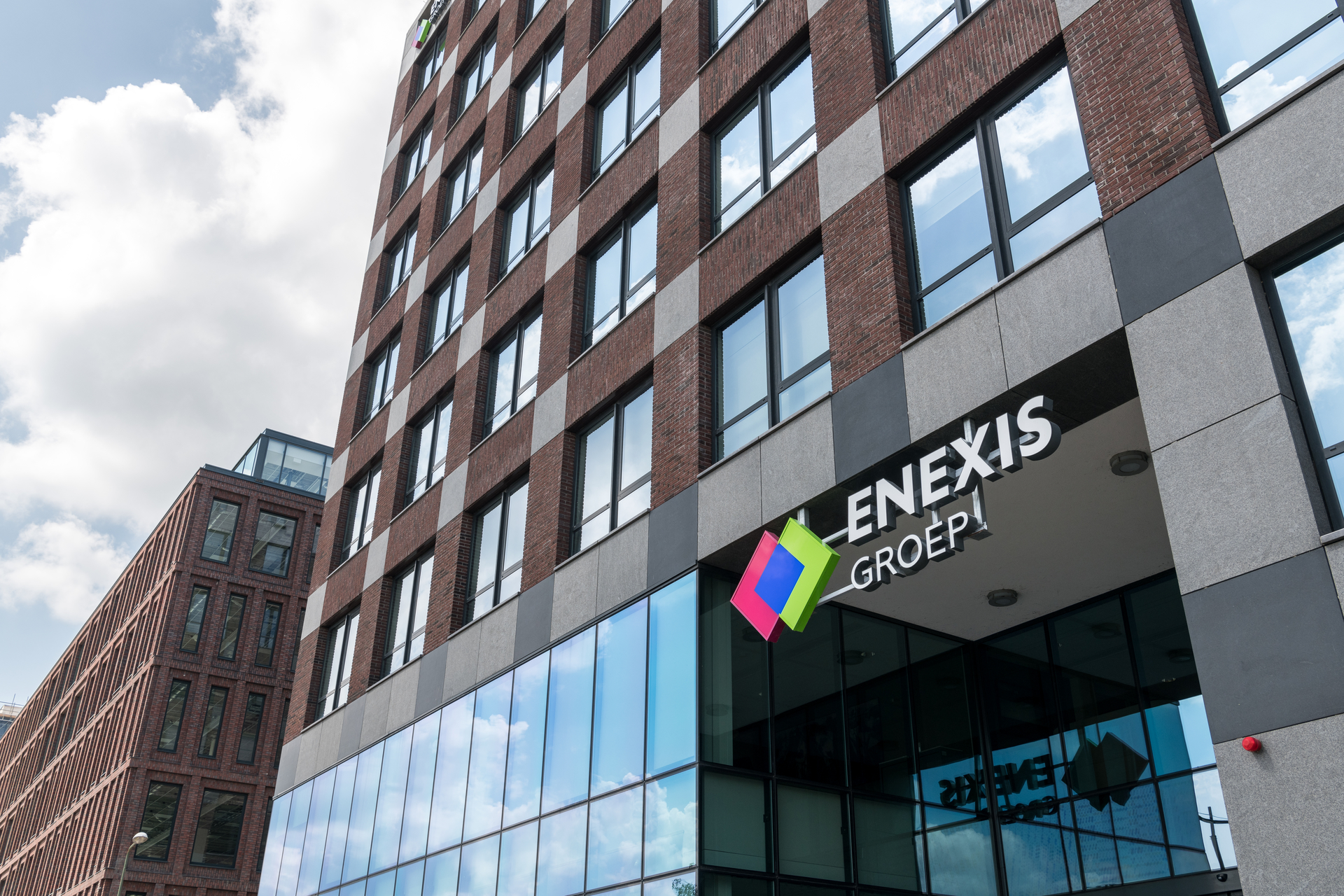

As new technologies such as electric vehicles, solar panels and heat pumps become increasingly in use, the demand for electricity is shifting: Consumers are generating their own electricity at times, and using a lot of electricity in the form of electric vehicles and heat pumps at others.
Enexis has a scenario tool that gives it insights into the impact of technologies such as electric vehicles on the electricity grid. In an ideal world, the grid operator wants to model every consumer behavior and take it into account in it’s scenario tool. But due to computational complexity, this is not possible, which means that Enexis should rely on generalizations about their user behavior instead.
To achieve this, Enexis hired Xomnia’s Machine Learning Engineer Martijn Beeks to develop an algorithm that can model consumer behavior in segments. The segments are meant to approximate the entire population in terms of the use of electric vehicles, and how that in turn impacts charging behaviors and ultimately the demand on the electricity grid.
By dividing consumer groups into segments and making general assumptions about each segment, better generalizations can be made about the change in demand for electricity from one region to the other. To achieve this, a machine learning technique known as clustering was used to segment the data that Enexis has about different user groups based on their behavior.
Using this clustering algorithm, user behavior of electric vehicles was divided into different segments based on factors like:
The clustering algorithm takes all those factors into account. A segment can be, for example, people living in the north of the country, who might have a similar behavior in using their cars, which in turn affects charging trends. The algorithm tries to find natural centers and boundaries within the data that could represent generalized segments within a population, which can be used to allocate loads for the electricity across the grid.
The clustering algorithm has been in production since mid Sep 2021, and is part of the Monte Carlo Simulation tool that Enexis uses to model multiple future scenarios, such as predicting demand on the grid in 2030, 2050, and other points in the long-term future.
Using this clustering algorithm, Enexis aims to determine with more accuracy what parts of the grid need to be invested in to accommodate the increase in demand for electricity due to electric vehicles and other rapidly emerging technologies. By doing this, the grid operator aims to enable its infrastructure to facilitate the Netherlands' transition to renewable energy.
